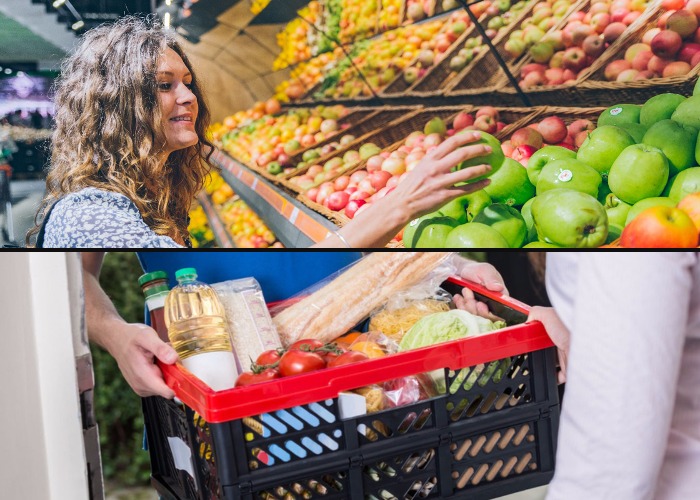Best supermarkets for shopping in-store and online: how Tesco, Sainsbury's & more compare

Prefer shopping online or do you like perusing the aisles? New research reveals the best supermarkets for both.
One of the expenditures that most households can’t avoid is the weekly grocery bill.
Given the cost-of-living crisis, it’s essential to keep costs down.
So, how do you pick?
A helpful insight comes from the annual supermarket satisfaction survey by consumer champions at Which?
Thousands of shoppers are polled about their experiences at various supermarkets.
Those responses are then used to award each supermarket scores across a range of categories, such as value for money, stock availability and the quality of the produce.
Worryingly, none of the supermarkets bagged the full five stars on value for money.
It has just published the latest results, so let’s examine the supermarkets that stand out from the crowd and those that are likely to disappoint.
Latest cheap supermarket deals
Best & worst supermarkets for shopping in-store
Best: Marks & Spencer
Worst: Morrisons
Marks & Spencer came top in the rankings, with an overall customer score of 79%.
The supermarket scored particularly highly on product range, store appearance and stock availability, earning a full five out of five stars in each of these categories.
It also rated well on customer service and staff helpfulness, with four out of five stars.
That said, it only received three out of five stars on value for money.
Tesco took second place, with an overall score of 74%, coming in with four out of five on store appearance and stock availability.
At the other end of the scale, Morrisons finished with just 66%.
It received two out of five stars on value for money, customer service and staff helpfulness.
However, the retailer did fare a little better in some areas, receiving three out of five stars on product range and stock availability.
Short shelf lives, spoiled goods, late deliveries and other reasons to complain to your supermarket
The best supermarkets for shopping online
Best: Ocado/Tesco
Worst: Asda
Of course, how we shop for food has changed substantially over the years, with plenty of us preferring to pick up our groceries without actually setting foot in a store.
Supermarkets were assessed on a broader range of categories, such as the ease of using the website, availability of collection or delivery slots, communication over delivery and choice of substitute items.
The top spot here was shared between Ocado and Tesco, which both racked up a whopping 79%.
Ocado stood out across almost all categories, including customer service, communication over delivery, stock availability and ease of website use.
Tesco also rated highly in the same categories.
Asda came in bottom here, with 66%.
It received just two out of five on value for money, customer service and communication over delivery.
However, it did receive a slightly higher three out of five on its delivery service and quality of own-brand products.
Supermarket rip-offs: bags for life, misleading prices, and more
Rising food inflation
Picking the right supermarket has rarely been more important.
According to the Office for National Statistics, food price inflation rose by 0.9% in January 2025, reaching 3.3%.
This was up from a monthly fall of 0.4% in the previous year.
Given that, it’s not surprising that plenty of us are looking carefully at how we spend money at supermarkets and which supermarkets we spend with.
Who has the biggest market share?
While many of the big names lost market share to deep discounters in recent years, this seems to be creeping back up, largely thanks to discounted products and loyalty schemes.
For example, according to research from analysts Kantar, Tesco's share increased from 27.7% in February 2024 to 28.5% in February 2025.
Likewise, Sainsbury’s jumped from 15.5% to 15.9%.
Discounter Aldi remained unchanged at 10.2%, while Lidl rose from 7% to 7.2%.
While factors such as customer service and product ranges will, as always, play a role in determining which supermarket to use, value for money is only likely to become more important in the months ahead.
Comments
Be the first to comment
Do you want to comment on this article? You need to be signed in for this feature